 https://3dqlab.stanford.edu/wp-content/uploads/2024/01/nancy-300.png
300
300
Kyle Gifford
https://3dqlab.stanford.edu/wp-content/uploads/2023/08/3DQ-Website-Logo-Header3.png
Kyle Gifford2024-01-08 15:31:152024-01-11 12:14:35Get to Know the 3D Pro: Nancy Ware
https://3dqlab.stanford.edu/wp-content/uploads/2024/01/nancy-300.png
300
300
Kyle Gifford
https://3dqlab.stanford.edu/wp-content/uploads/2023/08/3DQ-Website-Logo-Header3.png
Kyle Gifford2024-01-08 15:31:152024-01-11 12:14:35Get to Know the 3D Pro: Nancy Ware https://3dqlab.stanford.edu/wp-content/uploads/2023/12/vascular-distance-300.jpg
300
300
Kyle Gifford
https://3dqlab.stanford.edu/wp-content/uploads/2023/08/3DQ-Website-Logo-Header3.png
Kyle Gifford2023-12-15 13:57:402023-12-28 15:19:36Vascular Distance Measurement
https://3dqlab.stanford.edu/wp-content/uploads/2023/12/vascular-distance-300.jpg
300
300
Kyle Gifford
https://3dqlab.stanford.edu/wp-content/uploads/2023/08/3DQ-Website-Logo-Header3.png
Kyle Gifford2023-12-15 13:57:402023-12-28 15:19:36Vascular Distance Measurement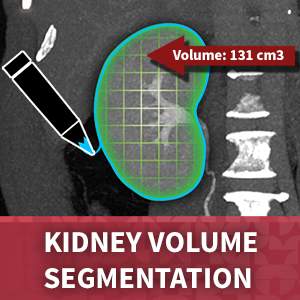 https://3dqlab.stanford.edu/wp-content/uploads/2023/12/kidney-volume-300.jpg
300
300
Kyle Gifford
https://3dqlab.stanford.edu/wp-content/uploads/2023/08/3DQ-Website-Logo-Header3.png
Kyle Gifford2023-12-08 16:00:362024-01-04 15:46:30Kidney Volume
https://3dqlab.stanford.edu/wp-content/uploads/2023/12/kidney-volume-300.jpg
300
300
Kyle Gifford
https://3dqlab.stanford.edu/wp-content/uploads/2023/08/3DQ-Website-Logo-Header3.png
Kyle Gifford2023-12-08 16:00:362024-01-04 15:46:30Kidney Volume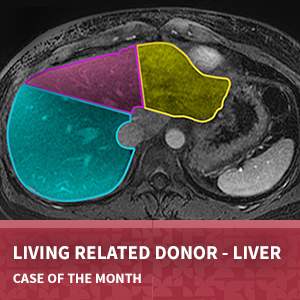 https://3dqlab.stanford.edu/wp-content/uploads/2023/12/LRD-Thumbnail.jpg
300
300
Kyle Gifford
https://3dqlab.stanford.edu/wp-content/uploads/2023/08/3DQ-Website-Logo-Header3.png
Kyle Gifford2023-12-01 12:04:332023-12-07 15:42:27Living Related Donor – Liver
https://3dqlab.stanford.edu/wp-content/uploads/2023/12/LRD-Thumbnail.jpg
300
300
Kyle Gifford
https://3dqlab.stanford.edu/wp-content/uploads/2023/08/3DQ-Website-Logo-Header3.png
Kyle Gifford2023-12-01 12:04:332023-12-07 15:42:27Living Related Donor – Liver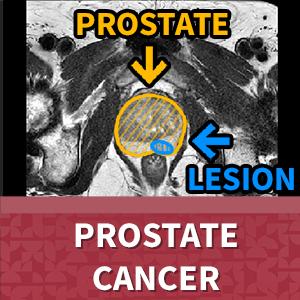 https://3dqlab.stanford.edu/wp-content/uploads/2023/11/prostate-cancer-300.jpg
300
300
Kyle Gifford
https://3dqlab.stanford.edu/wp-content/uploads/2023/08/3DQ-Website-Logo-Header3.png
Kyle Gifford2023-11-08 17:09:162023-11-15 13:56:07Prostate Cancer
https://3dqlab.stanford.edu/wp-content/uploads/2023/11/prostate-cancer-300.jpg
300
300
Kyle Gifford
https://3dqlab.stanford.edu/wp-content/uploads/2023/08/3DQ-Website-Logo-Header3.png
Kyle Gifford2023-11-08 17:09:162023-11-15 13:56:07Prostate Cancer https://3dqlab.stanford.edu/wp-content/uploads/2023/06/claudicationtitlesmall.png
300
300
Kyle Gifford
https://3dqlab.stanford.edu/wp-content/uploads/2023/08/3DQ-Website-Logo-Header3.png
Kyle Gifford2023-06-02 16:15:362023-09-17 19:48:11Claudication
https://3dqlab.stanford.edu/wp-content/uploads/2023/06/claudicationtitlesmall.png
300
300
Kyle Gifford
https://3dqlab.stanford.edu/wp-content/uploads/2023/08/3DQ-Website-Logo-Header3.png
Kyle Gifford2023-06-02 16:15:362023-09-17 19:48:11Claudication https://3dqlab.stanford.edu/wp-content/uploads/2023/05/title6.png
300
300
Kyle Gifford
https://3dqlab.stanford.edu/wp-content/uploads/2023/08/3DQ-Website-Logo-Header3.png
Kyle Gifford2023-05-03 14:37:302023-09-18 09:01:26Hip Preservation
https://3dqlab.stanford.edu/wp-content/uploads/2023/05/title6.png
300
300
Kyle Gifford
https://3dqlab.stanford.edu/wp-content/uploads/2023/08/3DQ-Website-Logo-Header3.png
Kyle Gifford2023-05-03 14:37:302023-09-18 09:01:26Hip Preservation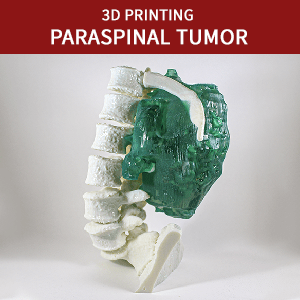 https://3dqlab.stanford.edu/wp-content/uploads/2023/03/0323-cotm-feature.png
300
300
Kyle Gifford
https://3dqlab.stanford.edu/wp-content/uploads/2023/08/3DQ-Website-Logo-Header3.png
Kyle Gifford2023-03-29 09:38:022023-09-19 08:18:253D Printing – Paraspinal Tumor
https://3dqlab.stanford.edu/wp-content/uploads/2023/03/0323-cotm-feature.png
300
300
Kyle Gifford
https://3dqlab.stanford.edu/wp-content/uploads/2023/08/3DQ-Website-Logo-Header3.png
Kyle Gifford2023-03-29 09:38:022023-09-19 08:18:253D Printing – Paraspinal Tumor
April 2019: 3D Print for Breast Reconstruction Planning
Abdomen and Pelvis, Case of the Month
3D printed models are playing an increasingly significant role in surgical planning. Deep Inferior Epigastric Perforators (DIEP) are vessels that go through the abdominal muscles and feed the fatty tissue on top of it. This information helps…

Cholelithiasis (Gallstones)
Abdomen and Pelvis, Case of the Month
79 year old female presenting with right sided abdominal pain, cramping, nausea and vomiting.
Post-processing via 3D imaging software, was performed using images from her CT scan for better visualization of her abdomen.
This revealed numerous…

Virtual Colonoscopy
Abdomen and Pelvis, Case of the Month, Techniques
This 60 year old female patient underwent a CT Virtual Colonoscopy exam for screening. The purpose of this exam is to examine the large intestine for cancer and growths called polyps. Patients receive a bowel preparation kit which helps to…

August 2017 – Cross-Fused Renal Ectopia
Abdomen and Pelvis, Case of the Month
This 60 year-old patient had a CT scan performed to rule out mesenteric ischemia (inadequate blood flow to the small intestine). The CT scan was ordered as a result of the patient reporting multiple episodes of sharp abdominal pain over the…
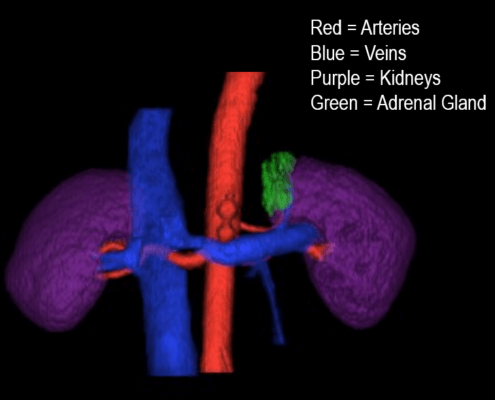
November 2016 – Living Related Renal Donor
Abdomen and Pelvis, Case of the Month
These images were created from an MRI scan of a potential living kidney donor. The 3D technologist, using specialized software and thorough knowledge of the anatomy, carefully selected the kidneys and connecting structures from the scan…

June 2016
Abdomen and Pelvis, Case of the MonthClinical HX: 27 year old man with pelvis fracture from motor vehicle accident; status post surgical repair with screws, persistent pain.
These 3D images represent a 27 year old man with severe excessive bone growth (heterotopic ossification)…

May 2016
Abdomen and Pelvis, Case of the MonthThe 3DQ lab technologists process DICOM data sets to produce Curved Planar Reformations, Maximum Intensity Projections, and Volume Rendered images for clinicians and surgeons.
These images depict a normal variant of the Renal Arterial blood…

January 2016
Abdomen and Pelvis, Case of the MonthA 77 year-old Male requires evaluation of venous system for possible removal of an IVC (Inferior Vena Cava) filter (labeled in Movie A), which had been put in place to prevent blood clots from reaching the heart. Images also show a filling…

September 2015
Abdomen and Pelvis, Case of the MonthEvaluation of uterine fibroids in preparation for UFE (Uterine Fibroid Embolization) treatment of a 52 year old female. The 3D volume rendered models (shown below) produced by one of our technologists clearly demonstrate the uterus (rendered…

June 2015
Abdomen and Pelvis, Case of the Month68 year old male with a history of a stented abdominal aortic aneurysm. CT scan with IV contrast reveals the stent graft placement and aneurysm thrombus. There was also an incidental finding of extensively convoluted right inferior renal artery…

January 2015
Abdomen and Pelvis, Case of the Month
This patient is a 73 year old male presenting with metastatic prostate cancer to the liver. Interventional Radiologists plan on performing a radioembolization of this patient’s liver to treat the cancer. Radioembolization is a procedure…
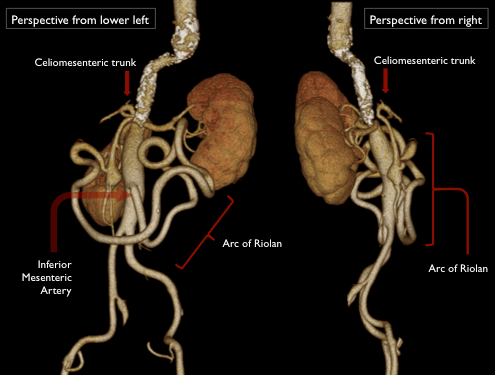
August 2014
Abdomen and Pelvis, Case of the Month
62 year old male presenting with progressive weight loss and abdominal pain when exercising. CT scan with IV contrast shows no clear origin of the superior mesenteric artery or celiac artery, but rather a single celiomesenteric trunk with…

June 2014
Abdomen and Pelvis, Case of the Month
3D visualization of Magnetic Resonance (MR) images acquired from a 54 year old male with elevated prostatic specific antigen (PSA) and prior negative biopsy. The images processed at the 3DQ Lab to identify the prostate glad (brown) and…

May 2014
Abdomen and Pelvis, Case of the Month
A 30 year old female presents with a history of neonatal demise and a history of fibroids. The patient was sent for an MR scan of her pelvis to evaluate fibroids. The 3DQ Lab acquired volumetric images to display the fibroids in the uterus…
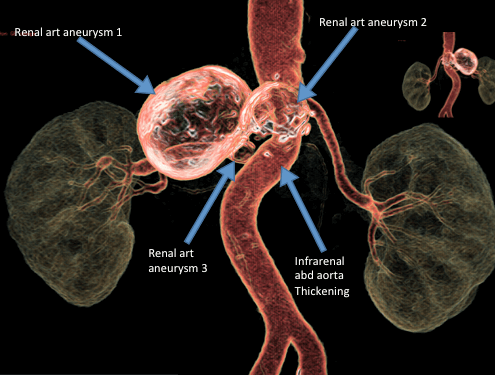
December 2013
Abdomen and Pelvis, Case of the Month
68-year-old female with exclusions of three right renal artery aneurysms. The phenomenal 3D staff utilizes Segmentation/Volume Rendered tools on a 3D software to create this image. Volume Rendered image allows the Radiologist and Clinicians…

November 2013
Abdomen and Pelvis, Case of the Month
76 year old male presents with a + FOBT(fecal occult blood test) and LLQ dull, mild abdominal pain. This patient preferred a less invasive screening method and therefore was referred to Stanford to perform CT Colonography. After the CT scan…
